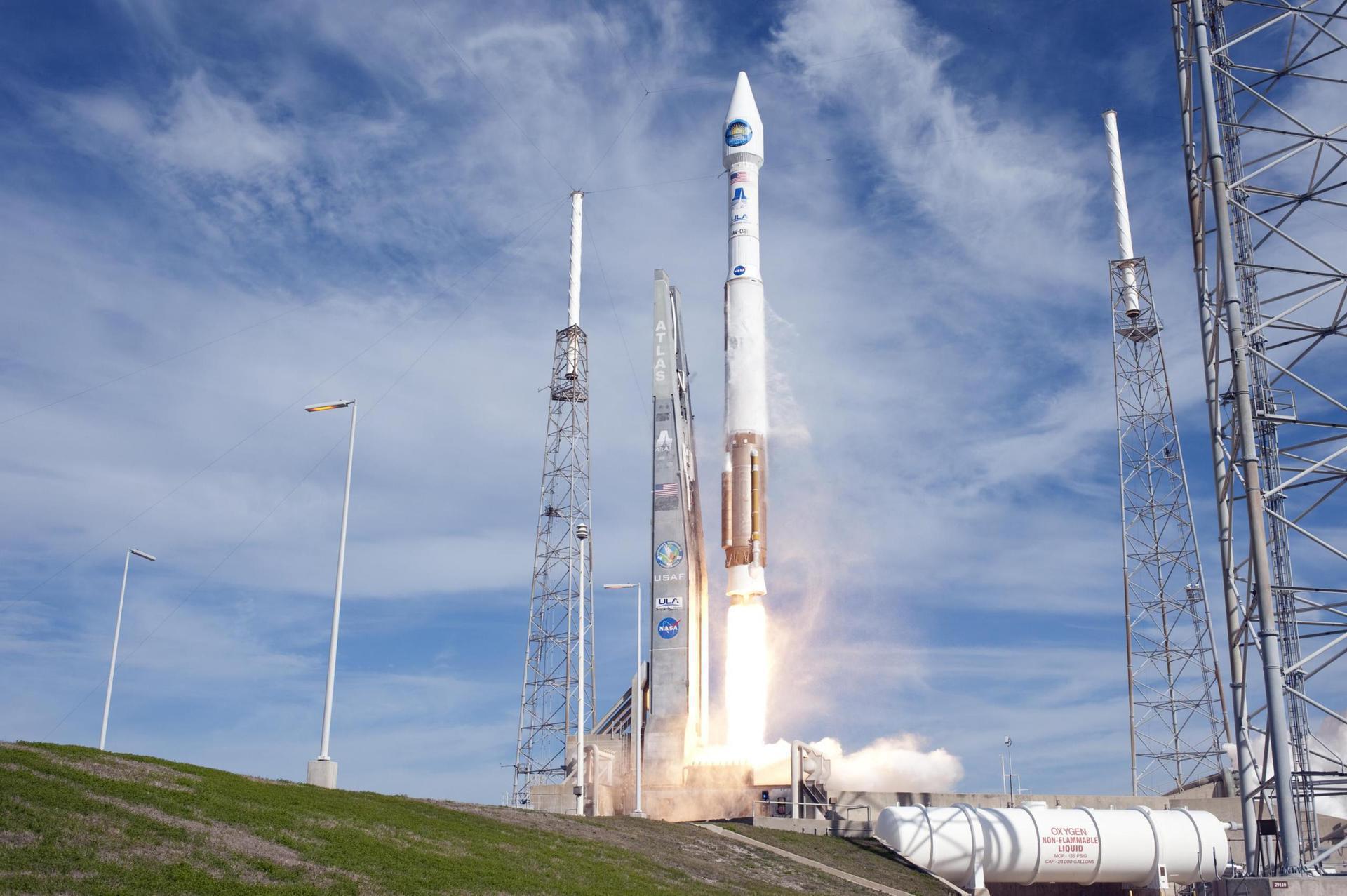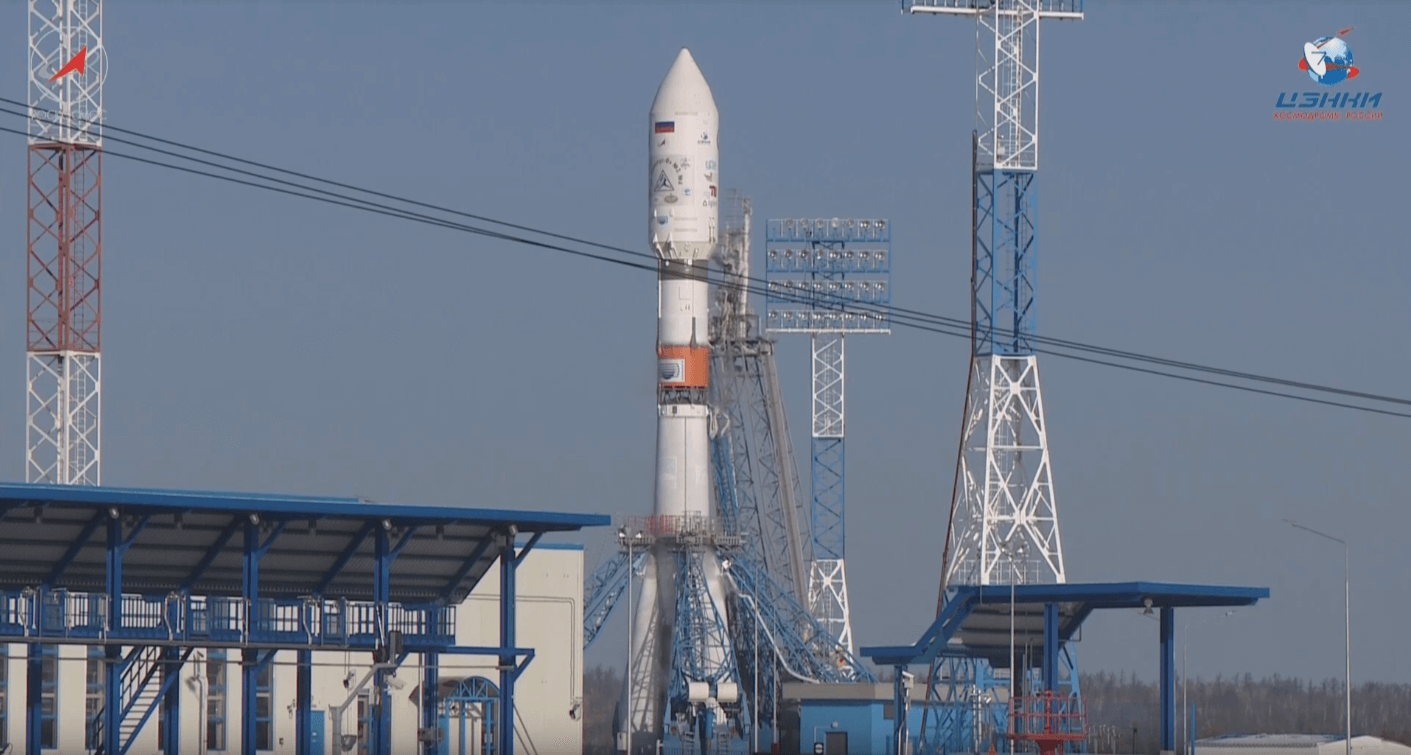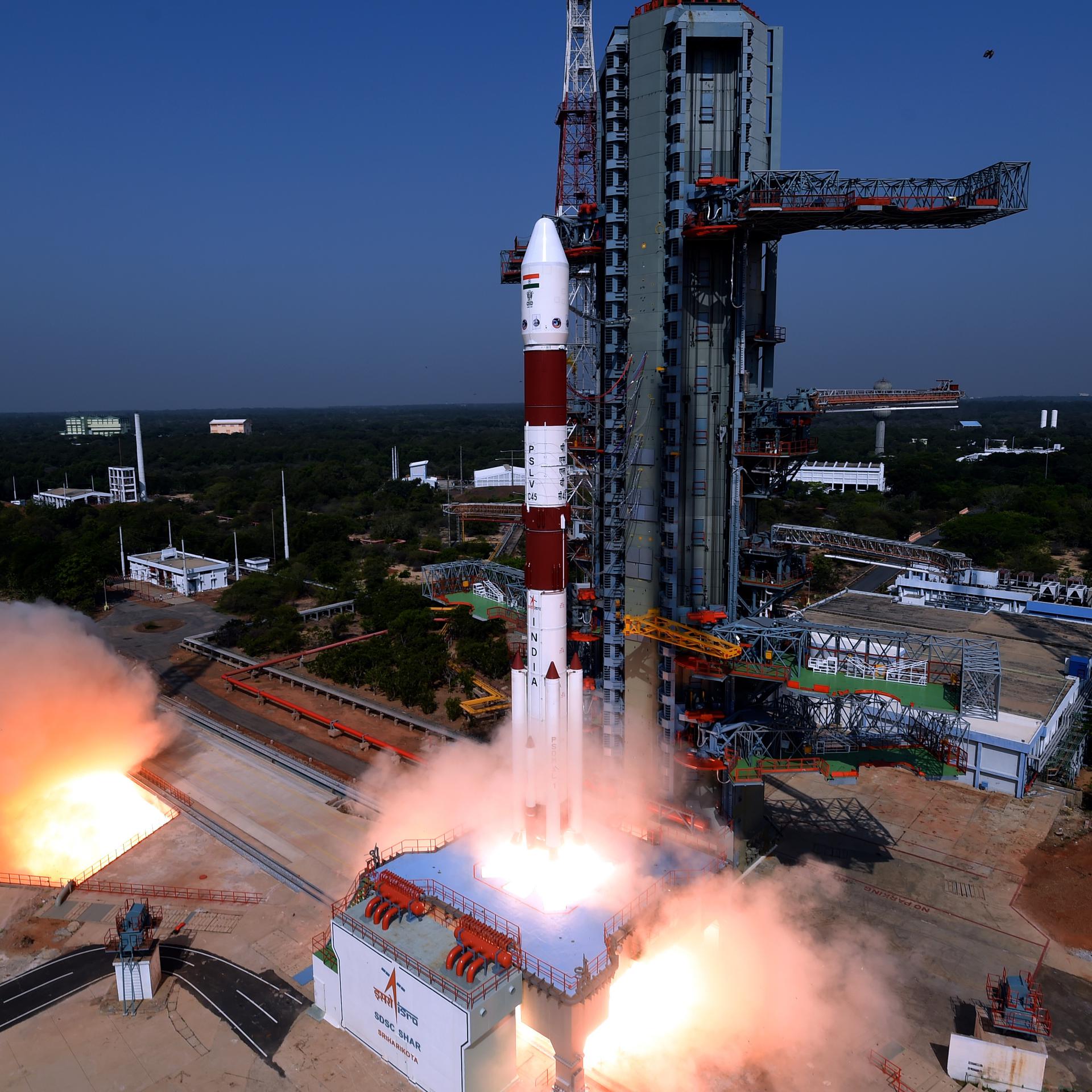Previous Spaceflight Launches
Filter by Agency, Locations or Vehicles
Show All LaunchesSpace Shuttle Endeavour / OV-105 | STS-134
National Aeronautics and Space Administration | United States of AmericaKennedy Space Center, FL, USA
May 16, 2011, 12:56 p.m.
SpaceShipTwo | VSS Enterprise GF08
Virgin Galactic | United States of AmericaAir launch to Suborbital flight
May 10, 2011, noon
Atlas V 401 | SBIRS GEO Flight 1 (USA-230) (SBIRS GEO-1)
United Launch Alliance | United States of AmericaCape Canaveral SFS, FL, USA
May 7, 2011, 6:10 p.m.
Soyuz-2.1a/Fregat | Meridian 4
Progress Rocket Space Center | RussiaPlesetsk Cosmodrome, Russian Federation
May 4, 2011, 5:41 p.m.
SpaceShipTwo | VSS Enterprise GF07
Virgin Galactic | United States of AmericaAir launch to Suborbital flight
May 4, 2011, noon
Soyuz-U | Progress M-10M (42P)
Russian Federal Space Agency (ROSCOSMOS) | RussiaBaikonur Cosmodrome, Republic of Kazakhstan
April 27, 2011, 1:05 p.m.
SpaceShipTwo | VSS Enterprise GF06
Virgin Galactic | United States of AmericaAir launch to Suborbital flight
April 27, 2011, noon
Ariane 5 ECA | Yahsat 1A & New Dawn
ArianeGroup | FranceGuiana Space Centre, French Guiana
April 22, 2011, 9:37 p.m.
Status: Launch Successful
Mission:
Yahsat 1A is a communications satellite operating at 52.5 degrees East. New Dawn is a communications satellite operated by Intelsat and positioned in geosynchronous orbit at 33 degrees East, serving TV and broadband communications to Africa.
Geostationary Transfer OrbitSpaceShipTwo | VSS Enterprise GF05
Virgin Galactic | United States of AmericaAir launch to Suborbital flight
April 22, 2011, noon
PSLV | Resourcesat-2
Indian Space Research Organization | IndiaSatish Dhawan Space Centre, India
April 20, 2011, 4:42 a.m.








